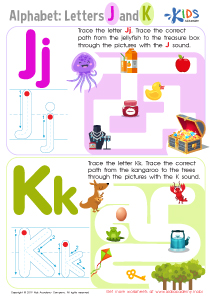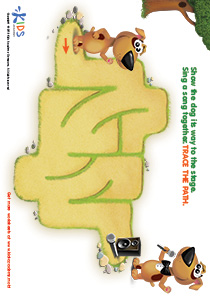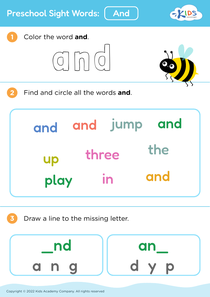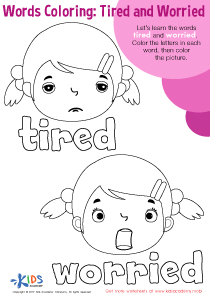Logic and Early Math Lessons | Matching and Sorting, Grade 2
0 results
Our Matching and Sorting lessons are tailored to children in Grade 2, providing them with engaging and interactive worksheets to learn critical skills. The curriculum includes a series of educational videos and assessments quizzes designed to help students master the art of sorting and matching. We promote hands-on interaction, allowing children to work on a variety of stimulating projects to encourage the development of their cognitive abilities and reinforce learning in a fun and entertaining fashion. With our comprehensive lessons, students will build foundational skills to help them advance academically and succeed in future endeavors. Get your child started on the path to success today with our Matching and Sorting curriculum.
Matching and sorting are essential learning skills that can greatly benefit for children in Grade 2. These skills are important for academic success and can be used in various subjects such as math, science, and even language arts. Our lessons on matching and sorting are designed to help kids develop these skills in an interactive and engaging way.
The lessons are structured with interactive worksheets and often include educational videos and assessment quizzes. These materials provide students with a hands-on experience that helps to reinforce the concepts taught in the lesson. By using a variety of activities and assessments, we help children to develop their skills in a way that is both fun and informative.
One of the primary benefits of our lessons on matching and sorting is that it helps to build critical thinking skills. When students are encouraged to match and sort objects based on various criteria, they are required to use logic and reasoning to arrive at the correct answer. These skills can help children to succeed in math and other academic subjects where problem-solving is essential.
Our lessons on matching and sorting also help to improve visual discrimination skills. The ability to recognize patterns and similarities is an important skill that can help children to differentiate between similar objects and concepts. This skill is particularly important in science and language arts, where children must be able discriminate between different words, letter shapes, and scientific concepts.
In addition to these critical skills, our lessons on matching and sorting also help to improve vocabulary. This is because many of the activities require students to match and sort words with similar meanings, or to sort objects based on descriptive words. By doing this, children can learn new vocabulary words in a fun and engaging way that helps them to retain what they have learned.
Finally, our lessons on matching and sorting also help to improve memory retention. Matching and sorting activities require children to use their short-term memory to remember patterns and classifications. By doing these exercises regularly, children can improve their ability to remember information for longer periods of time, which can help them in other areas of their academic studies.
In conclusion, our lessons on matching and sorting are an essential tool for helping children in Grade 2 develop critical thinking skills, improve visual discrimination, expand vocabulary, and improve memory retention. These skills are essential building blocks for success in many academic subjects, and our lessons provide children with a fun and engaging way to learn them. By incorporating interactive worksheets, videos, and assessments, we create a complete learning experience that children enjoy and that can have lasting benefits for their academic future.















